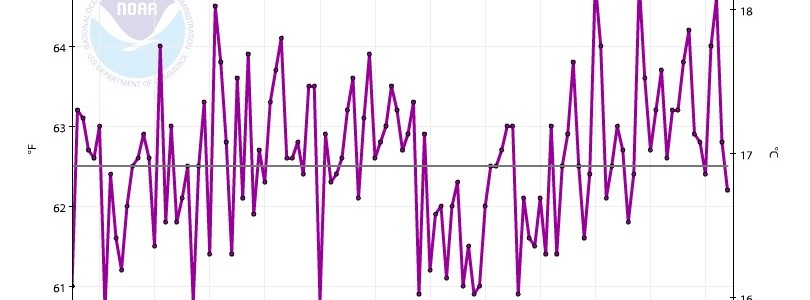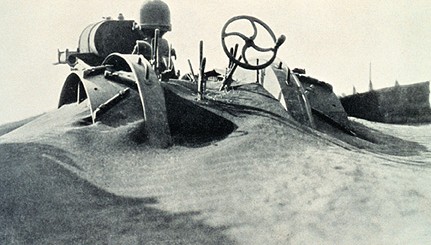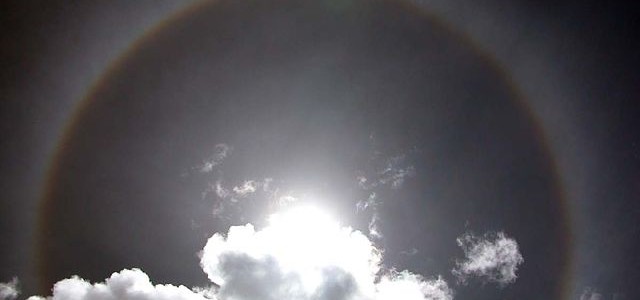Climate science
-

My Facebook feed this week has been abuzz with a recent photo of Kelvin-Helmholtz waves taken by Brad Peterson in Utah earlier this week. K-H waves are caused by rolls of turbulence between two smoothly flowing layers of air and were named for scientists Lord Kelvin and Hermann von Helmholtz. Over time the waves grow…
-

There has been a lot of discussion in the news lately about differences in temperature trends between surface temperatures measured by thermometers and satellite-based temperatures measured by sensing radiation from space. A lot of climate skeptics talk about adjustments made to the surface temperatures, but may not realize that satellite temperatures are also adjusted to…
-

“With huge plumes of particles rising into the atmosphere from deserts and farmland, the question is whether they raise temperatures or lower them.” This quote is from a new BBC article on studying the impacts of dust on local and global climate. We’ve all seen pictures of huge dust storms, both in the “Dust Bowl”…
-

Sometime later this week NOAA should publish the statistics on fall climate for the US. The maps below show the temperature and precipitation departures for the Southeast from the High Plains Regional Climate Center. While temperatures were a bit above normal almost everywhere in the Southeast, the real story is the very wet conditions across…
-

This is the International Year of Soils. A number of stories have been written about the importance of healthy soils in stabilizing climate and improving yields of crops. University of Tennessee at Knoxville scientists recently released a study showing that the soil in the region encompassing the Dust Bowl in the 1930’s is still degraded,…
-

Now that we are getting into the colder months, you can expect to see more atmospheric optical effects related to ice crystals high up in the sky, although it’s so cold up there that some of them can occur any time of year. One of the most common and spectacular of these is the halo,…
-

Steve Hilberg has an interesting post on the CoCoRaHS blog this week about the history of how clouds acquired their names (like cirrus, cumulus, etc.) and the man that classified them. You can read it here. If you like pictures of clouds, you can find many at the Cloud Appreciation Society website, https://cloudappreciationsociety.org/.